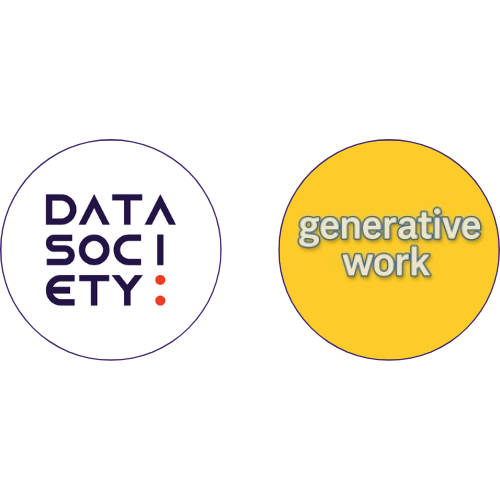Data Science Will Define the Survival of Companies
It shouldn’t be a surprise that data science will define the survival of companies and organizations in the next decade.
AI Is a Game-Changer
Deborah Leff, the CTO for data science and AI at IBM, says it succinctly: “If your competitors are applying AI, and they’re finding insights that allow them to accelerate, they’re going to peel away really, really quickly.” But Leff notes that only 13% of data science projects actually make it into production.
A part of that is due to the lack of a cohesive data warehouse and data access. But the underlying issue is the lack of collaboration and data literacy across an organization – if data scientists don’t receive support from their colleagues, they won’t be able to deliver a sustainable and impactful result. The best way to address this issue is through company-wide data science training programs. The data science training can yield ROI in the form of cost and labor savings, as well as identifying new opportunities. We outlined some key ways that data science training programs can keep your company and your workforce resilient.
Makes Your Company More Efficient
The ability to increase employees’ working efficiency is the highest value opportunity that data science training brings to an existing business model. There are countless business processes – real-time report generation, financial analysis compilation, data cleaning, etc – that are usually done inefficiently in Excel or other software solutions.
Anyone who uses these tools regularly can switch to use a tool like Tableau, PowerBI, R, or Python to automate workflows, which can substantially diminish the time it takes to complete these tasks. For example, one of our students from the National Institutes of Health (NIH) identified a manual sorting process of grant proposals that took 13.5 hours per week and built an automated text mining application within 2 months that reduced the task time to 15 minutes. Just with that one project, he managed to save hundreds of thousands of dollars and thousands of hours on an annual basis. What are some manual processes that you want to automate?

Winning the Talent War
Data scientists are in high demand and short supply. While it may seem like the easiest way to incorporate analytics would be to hire data scientists, it might actually be the most time-consuming and expensive endeavor. Data scientists generally command a high salary, can take months to hire, and still need to be trained in your business use cases. Not to mention the risks of that data scientist being poached within one or two years, taking all that expertise with her.
If you were to take the time and money put into hiring one data scientist, you could train up 30 of your trusted employees in foundational data analytics and start to automate a lot of processes that they’re already familiar with. Even if a few of them leave, you still have a cadre of individuals with the same skills to take over. One of our clients noticed that their competitor had three job postings for data scientists that had been open for 3 months. In that time, we trained 30 of their employees in advanced programming and analytics skills. While their competitor was waiting to hire one data scientist, our client built a cadre of data analysts that already started solving their toughest challenges.
Leaders and Innovators Will Come Ahead
Conclusion
It’s not enough to buy the latest business intelligence tool or hire a few data scientists. In order to keep pace with the competitive landscape, you have to invest in your employees and build up data skills across your organization. Employees who receive access to regular training opportunities feel as though their company values them and are retained at a much higher level. Plus, you’re decreasing flight risk by amortizing these valuable skills across your staff. By incorporating regular data science training programs into your culture, you’ll keep your organization competitive, save a tremendous amount of time and money, and build up a workforce that is engaged and challenged to work smarter.


